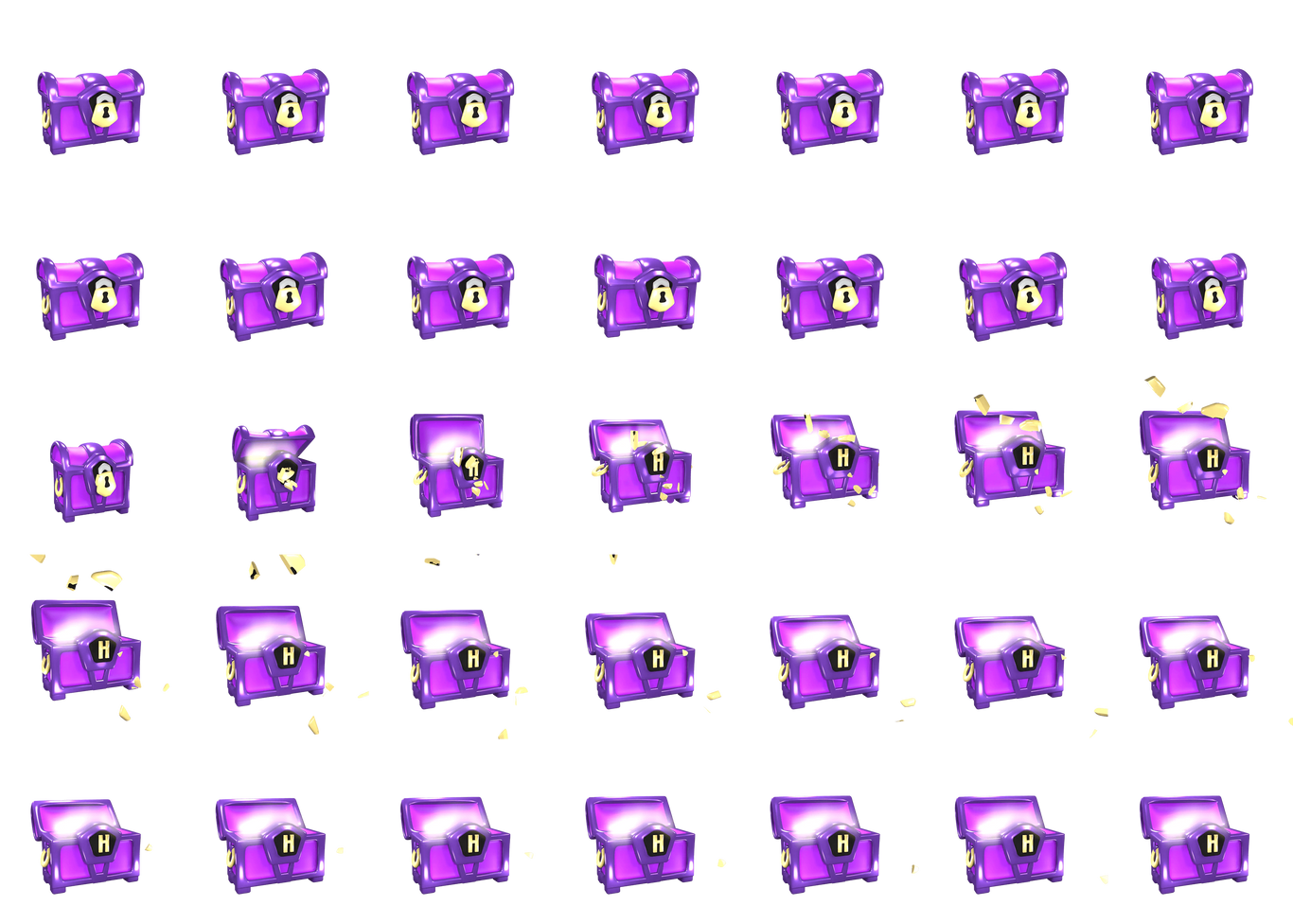6th grade Q4
Here is how you can solve problems involving volumes of solids:
- Understand the Shape and Formula: Identify the shape of the solid (e.g., cube, rectangular prism, cylinder, cone, sphere) and recall the corresponding formula for volume.
- Identify Given Dimensions: Look for the dimensions necessary to use the formula. This could be length, width, height, radius, etc.
- Substitute and Solve: Plug the dimensions into the formula and solve for volume.
Example 1:
Imagine you have a rectangular prism-shaped aquarium that needs to be filled with water. The aquarium has a length of 100 units, a width of 40 units, and a height of 60 units. You want to know how much water is needed to fill the aquarium completely.

To find the volume of a rectangular prism, you use the formula:
where is the volume, is the length, is the width, and is the height.
First identify the dimensions of your aquarium:
- Length () = 100 units
- Width () = 40 units
- Height () = 60 units
Then substitute the dimensions into the formula and calculate the volume:
Answer:
The volume of the aquarium is 240 000 cubic units.
-----
Example 2:
Imagine you have a soda can shaped like a cylinder. It needs to be filled with soda, and you want to know how much soda it can hold. The soda can has a height of 10 units and a radius of 2 units.

To find the volume of a cylinder, you use the formula:
where is the volume, is the radius, and is the height.
First identify the dimensions of your can:
- Radius () = 2 units
- Height () = 10 units
Then substitute the dimensions into the formula and calculate the volume:
To get a numerical value, use the approximation
Answer:
The volume of the soda can is approximately 125.6 cubic units.


